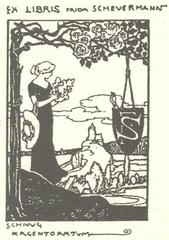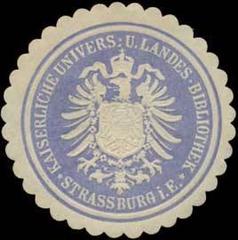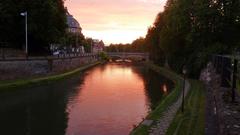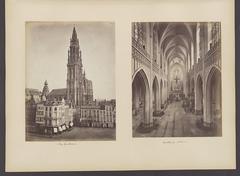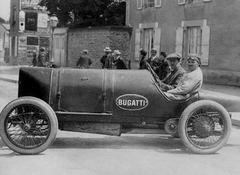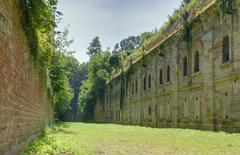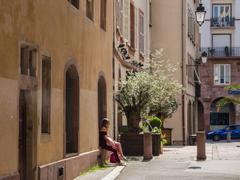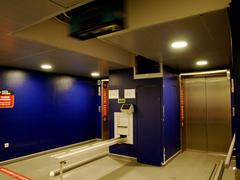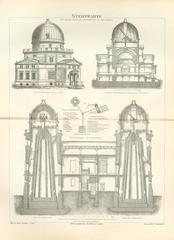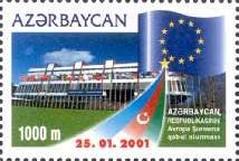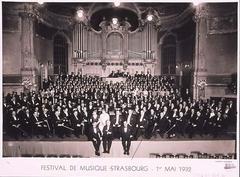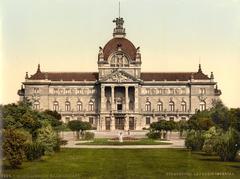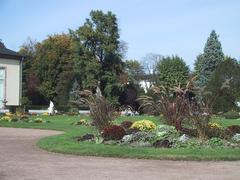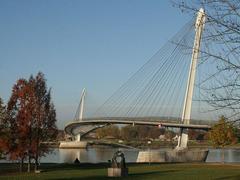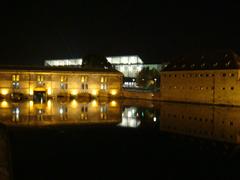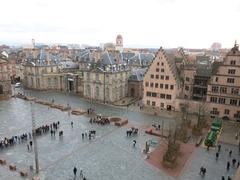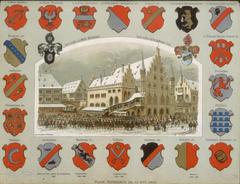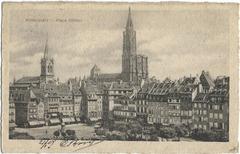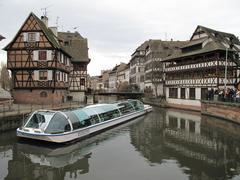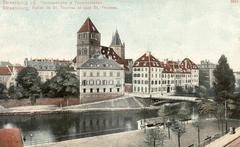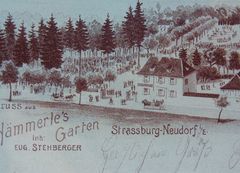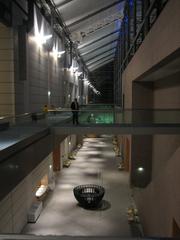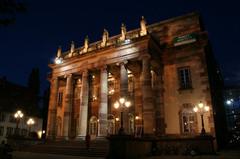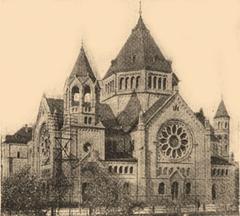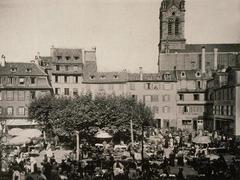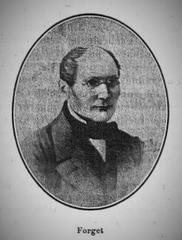
Aubette Strasbourg: Visiting Hours, Tickets, and Historical Significance – The Complete Guide
Date: 04/07/2025
Introduction
Located at the heart of Strasbourg on Place Kléber, the Aubette is a landmark that fuses centuries of architectural evolution with groundbreaking modernist art. Originally built between 1764 and 1778 under the direction of neoclassical architect Jacques-François Blondel, the Aubette has transitioned from a military headquarters to a vibrant cultural venue. Today, its meticulously restored interiors, shaped by avant-garde artists Theo van Doesburg, Hans Jean Arp, and Sophie Taeuber-Arp, stand as one of the world’s rare surviving examples of De Stijl interior design, offering visitors a unique blend of history, artistry, and immersive experience (laubette.com).
This guide provides everything you need to plan your visit: current opening hours, ticketing information, accessibility, must-see highlights, and expert tips for making the most of your time at this Strasbourg historical site.
Contents
- Historical Overview
- Architectural & Artistic Significance
- Visiting Information
- What to See & Do
- Events and Special Exhibitions
- Frequently Asked Questions (FAQ)
- Visitor Tips & Nearby Attractions
- Conclusion & Recommendations
- Sources
Historical Overview
Origins and Early History
The Aubette’s story begins in the late 18th century when construction commenced under Jacques-François Blondel, a leading figure in neoclassical architecture. Initially, the building served as a garrison and administrative center for Strasbourg’s military, its name possibly derived from the French for “shelter” or “dawn,” reflecting its function as a guardhouse where orders were issued each morning (laubette.com).
19th Century Transformations
As Strasbourg evolved, so did the Aubette. By the mid-19th century, it grew beyond its military role. A lively café was established, and in 1868, the building began hosting the municipal museum of painting and sculpture. Significant damage during the Franco-German War of 1870 led to a major restoration, after which the building housed shops, a music conservatory, and a concert hall, reflecting the city’s shift toward cultural life (laubette.com).
The Avant-Garde Revolution: Aubette 1928
A pivotal transformation occurred in the 1920s when the Horn brothers commissioned van Doesburg, Jean Arp, and Sophie Taeuber-Arp to redesign the east wing as a leisure complex. Their vision: a Gesamtkunstwerk, or “total work of art,” where architecture, painting, and design became a singular immersive experience. Completed in 1928, the Aubette’s interiors—featuring geometric abstraction, bold colors, and harmonious forms—became an icon of the De Stijl movement and modernist art (visitstrasbourg.fr; strasbourg-pratique.com).
Decline, Rediscovery, and Restoration
The Aubette’s radical interiors were not initially appreciated. By 1938, new management had concealed or destroyed much of the original décor. Decades passed before these avant-garde masterpieces were rediscovered in the 1970s. Recognizing their historic and artistic significance, a careful restoration began, culminating in a 2006 reopening. The Aubette is now a protected Historic Monument and a celebrated example of early 20th-century modernism (museumspedia.net; strasbourg.eu).
Architectural & Artistic Significance
While the Aubette’s neoclassical façade reflects its 18th-century origins, the interiors are a triumph of modernist vision. The 1928 redesign, led by van Doesburg, Arp, and Taeuber-Arp, applied De Stijl’s principles—geometric forms, primary colors, and spatial harmony—to entire rooms, creating immersive environments where visitors “step inside the painting.” The Aubette stands as one of the few surviving examples of such comprehensive avant-garde interior design, influencing architecture and design for generations (strasbourg-pratique.com; laubette.com).
Visiting Information
Opening Hours (as of July 2025)
- Wednesday to Saturday: 14:00 – 18:00
- Sunday to Tuesday: Closed
- Last Entry: 17:30
- Closed: January 1st, Good Friday, May 1st, November 1st & 11th, December 25th
Always verify current hours on the official Aubette website before your visit.
Tickets and Admission
- Admission: Free (as of July 2025)
- Special events or exhibitions: May require advance booking or a fee
- Strasbourg City Card: Offers benefits and discounts at other museums and attractions (visitstrasbourg.fr)
Accessibility
- Wheelchair access: Yes, with ramps and elevators
- Restrooms and cloakrooms: Available
- Multilingual staff: English and French
- Stroller and family friendly
For detailed accessibility information, visit the official Strasbourg museums portal.
What to See & Do
Restored First Floor (Monument Historique)
- Ciné-Dancing: Theatrical geometric interiors in bold colors, originally a cinema and dance hall.
- Foyer-Bar: Social hub with distinctive modernist design; central to the Gesamtkunstwerk concept.
- Salle des Fêtes: Large event hall with monumental modernist décor, currently hosting temporary exhibitions and cultural events.
Interpretive Exhibits
Panels and multimedia displays narrate the Aubette’s journey from 18th-century origins to its avant-garde transformation, emphasizing its architectural and cultural significance (museumspedia.net).
Audio Guides and Tours
Audio guides are available on-site. Guided tours in French, German, and English can be booked for groups or individuals seeking deeper insights (strasbourg-pratique.com).
Events and Special Exhibitions
Aubette 1928 is not just a museum but an active cultural hub. It hosts:
- Temporary exhibitions of modern and contemporary art
- Concerts and performances
- Special events during citywide festivals (e.g., European Cultural Heritage Days, Strasbourg Contemporary Art Fair)
For up-to-date programming, check the Aubette 1928 events calendar.
Frequently Asked Questions (FAQ)
Q: What are Aubette 1928’s visiting hours?
A: Wednesday to Saturday, 14:00–18:00. Closed Sunday to Tuesday and major holidays.
Q: Is admission free?
A: Yes, general admission is free.
Q: Is Aubette 1928 accessible for disabled visitors?
A: Yes, with adapted entrances, ramps, and elevators.
Q: Are guided tours available?
A: Yes, available in multiple languages; book in advance for groups.
Q: Can I take photos?
A: Photography is permitted without flash.
Q: Are there amenities for families?
A: Yes, strollers are welcome and restrooms are provided.
Visitor Tips & Nearby Attractions
- Plan ahead: Always check the official website for updated hours and closures.
- Combine your visit: Aubette 1928’s central location on Place Kléber makes it ideal for pairing with Strasbourg Cathedral, Petite France, and nearby museums such as Musée des Beaux-Arts.
- Transport: The “Homme de Fer” tram stop is nearby; park-and-ride options are available for drivers (Visit Strasbourg).
- Photography: Capture the unique interiors, but avoid flash to preserve the artwork.
- Quiet reflection: Maintain a respectful atmosphere within the exhibition spaces.
Conclusion & Recommendations
Aubette 1928 offers an unparalleled glimpse into the evolution of modern art and architecture, standing as a testament to Strasbourg’s vibrant cultural heritage. Its restored interiors, visionary design, and engaging exhibitions make it a must-see for art lovers, history enthusiasts, and travelers alike. Take advantage of free admission, explore with an audio guide, and combine your visit with other historical sites for a comprehensive Strasbourg experience. Download the Audiala app for audio tours and stay connected with the city’s latest cultural events.
Discover the world of Aubette 1928—where history, art, and modernism converge in one of France’s most captivating cities.










